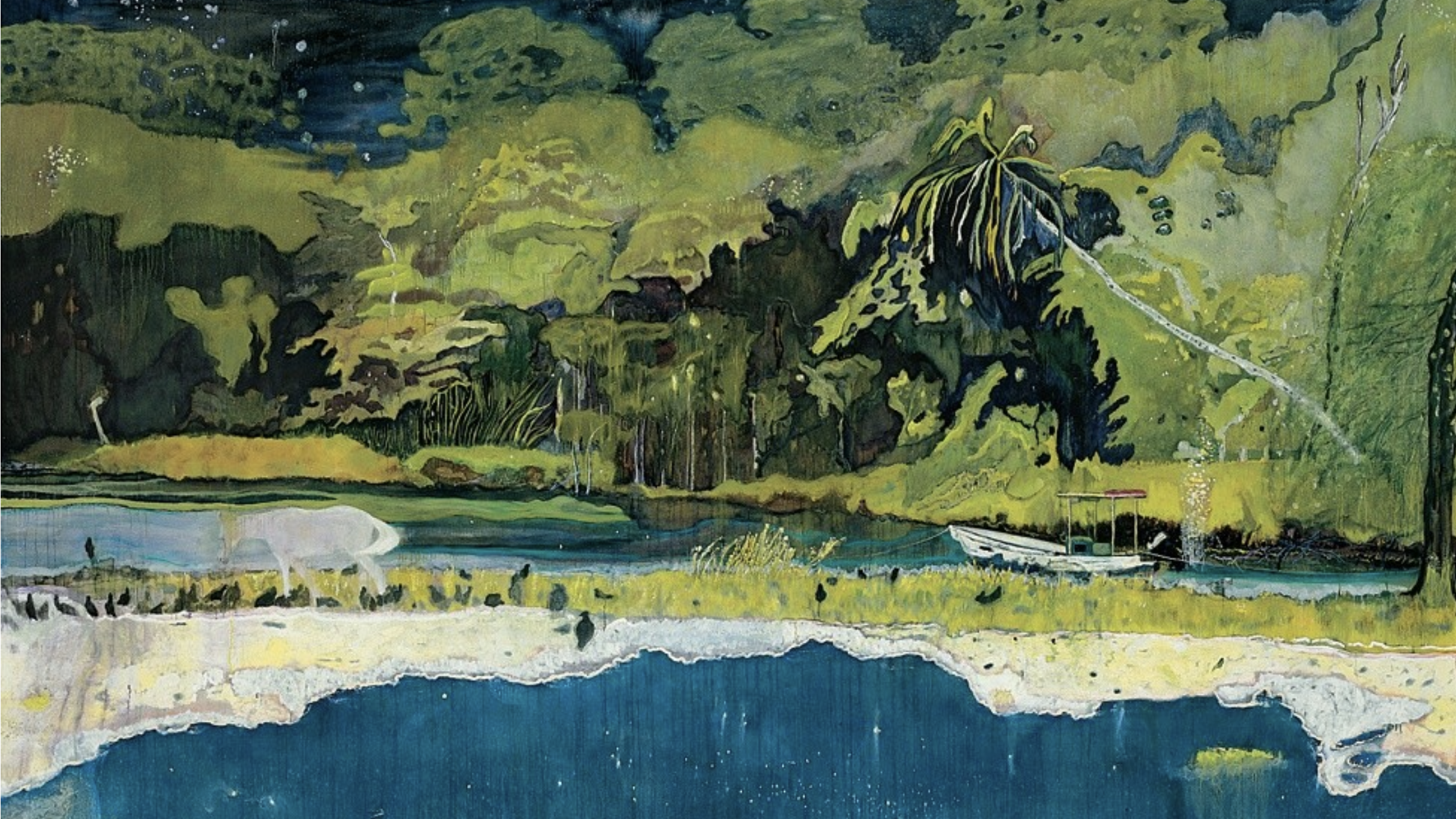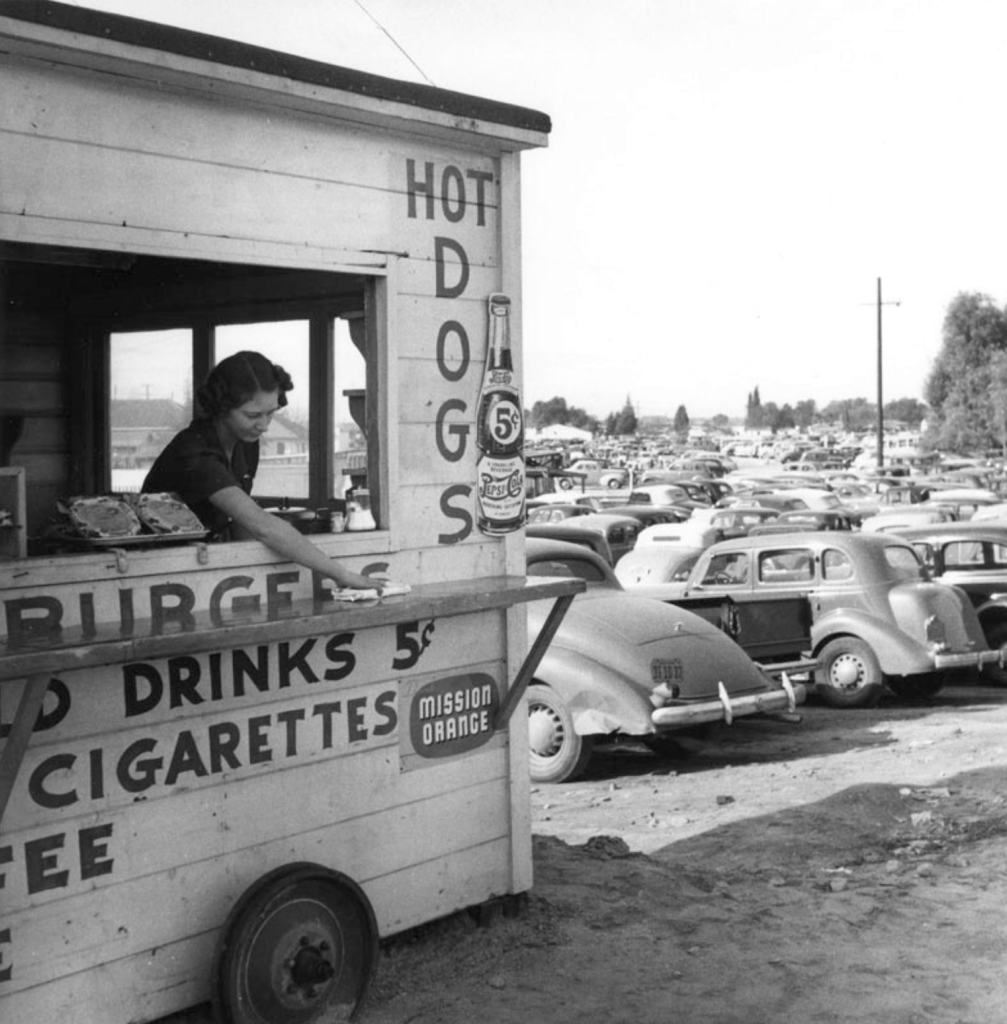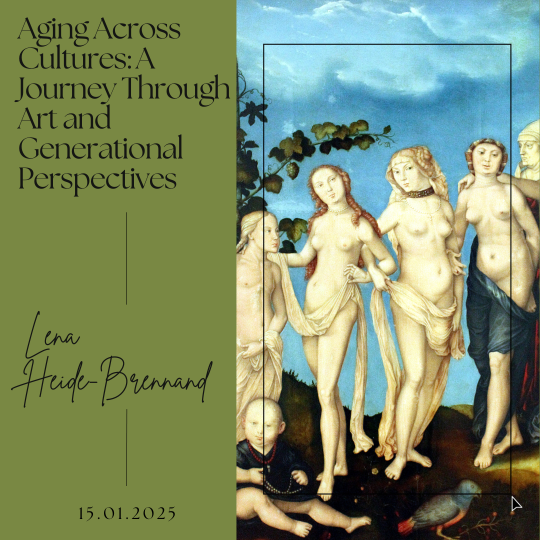Childhood Nostalgia & the Enduring Reverie
written by art historian & curator
Childhood nostalgia is a wistful journey into the past, a sentimental longing for the innocence and simplicity of youth. It is a universal sentiment, a shared accumulation of memories kept deep in our being. Whether triggered by a familiar scent, a cherished toy, or a nostalgic tune, the experience of childhood nostalgia is a powerful force that transcends time. Today we know that childhood as an experience can shape the future adult, having a profound impact on personal identity. Let’s see what are the depths of childhood nostalgia, its psychological underpinnings, and its impact on culture.
Videos you may enjoy as well:
The Psychology of Nostalgia
Nostalgia, derived from the Greek words nostos (returning home) and algos (pain), is a complex emotional experience with roots deeply embedded in human psychology. Research suggests that nostalgia serves as a form of emotional regulation, offering solace and comfort during times of stress. Psychologists have identified nostalgia as a potent tool for fostering resilience and psychological well-being, providing individuals with a sense of continuity and stability amidst life’s uncertainties.
Our childhood experiences play a fundamental role in shaping our sense of self and identity. Memories of childhood serve as building blocks in the construction of our personal narratives, influencing our beliefs, values, and aspirations. Nostalgia allows us to reconnect with our younger selves, to rediscover the dreams and desires that once fuelled our imagination. Through the lens of childhood nostalgia, we gain insight into our own evolution as individuals, tracing the contours of our identity back to the formative experiences of youth.
Childhood nostalgia is not merely a sentimental longing for the past; it is also a powerful catalyst for cultivating gratitude and appreciation for the simple joys and pleasures of life. As we reminisce about the carefree days of youth, we are reminded of the countless blessings and experiences that have shaped our journey and enriched our lives. As we recall the magic of discovering new adventures, forging friendships, and experiencing the joy of innocent play, we are reminded of the inherent beauty and goodness that surrounds us each day. Through the lens of nostalgia, we gain a deeper appreciation for the simple pleasures of life—a warm embrace from a loved one, the laughter of children at play, the vibrant colours of a sunset painting the sky. By reflecting on the innocence and wonder of childhood, we cultivate gratitude for the precious moments that infuse our lives with meaning and purpose.

Childhood nostalgia also fosters a profound appreciation for the relationships and connections that shape our lives. As we reminisce about the bonds of family, the camaraderie of friends, and the kindness of strangers, we recognize the immense value of human connection in our journey through life. Nostalgic memories of shared experiences and heartfelt moments remind us of the love, support, and companionship that sustain us through life’s joys and challenges. By cherishing the relationships forged in childhood and beyond, we cultivate gratitude for the countless individuals who have touched our lives and shaped our destinies. In the hustle and bustle of modern life, it is all too easy to overlook the magic of everyday moments that surround us. Childhood nostalgia invites us to slow down, savor the present moment, and appreciate the beauty and wonder that exist in the here and now. Whether it’s the taste of homemade cookies fresh from the oven, the sound of raindrops tapping against the windowpane, or the sight of a rainbow stretching across the sky, nostalgic memories awaken our senses and remind us to find joy in the little things. By savouring the magic of everyday moments, we cultivate gratitude for the abundance of blessings that fill our lives each day.
Cultural Significance of Childhood Nostalgia
Childhood nostalgia is not merely a personal phenomenon; it is deeply intertwined with broader cultural narratives and collective memory. The resurgence of vintage trends, the revival of retro-themed products, and the proliferation of nostalgia-driven media reflect society’s enduring fascination with the past. In an era marked by rapid technological advancements and social change, nostalgia serves as an anchor to a simpler, more familiar time—a time when innocence reigned supreme and the world seemed full of endless possibilities. While childhood nostalgia is often celebrated for its ability to evoke warm and fuzzy feelings of happiness and contentment, it is not without its complexities. Nostalgia tends to romanticize the past, glossing over the struggles and hardships that we may have faced in our youth. Moreover, excessive nostalgia can trap us in a perpetual state of longing, preventing us from fully embracing the present moment and moving forward with our lives. Thus, it is important to strike a balance between cherishing the memories of the past and embracing the opportunities of the present.

Childhood nostalgia acts as a vehicle for the transmission of cultural heritage through shared memories and experiences. As individuals reminisce about the sights, sounds, and sensations of their childhood, they pass down stories and traditions that have been handed down through generations. Whether it’s gathering around the dinner table to share family recipes, celebrating religious holidays with time-honoured rituals, or participating in community festivals and events, childhood nostalgia strengthens the bonds of cultural identity and belonging by preserving and perpetuating cherished customs and traditions. In the same way, people are preserving cultural artefacts and memorabilia that hold significant meaning and value within a cultural context. From vintage photographs and heirloom jewellery to cherished toys and keepsakes, these tangible artefacts serve as touchstones of cultural heritage, evoking nostalgic memories and emotions that connect individuals to their cultural roots. By preserving and passing down these artefacts from one generation to the next, families and communities ensure that their cultural heritage remains alive and vibrant for future generations to cherish and enjoy.
In some cases, childhood nostalgia inspires the revival of traditional practices and customs that have faded from prominence over time. As individuals reflect on the cherished memories of their childhood, they may feel a deep sense of nostalgia for the rituals and traditions that once defined their cultural identity. This nostalgia-driven desire to reconnect with one’s cultural heritage often leads to the revival of traditional practices, such as folk music and dance, artisanal crafts, and culinary traditions. By reclaiming and revitalising these cultural practices, communities reaffirm their cultural identity and strengthen their connection to the past.
A Source of Inspiration and Creativity
Childhood nostalgia is a boundless reservoir of inspiration and creativity, a wellspring from which artists, writers, musicians, and creators draw upon to infuse their work with a sense of wonder, innocence, and enchantment. The memories and experiences of childhood serve as a fertile playground for the imagination, offering an endless array of themes, motifs, and emotions to explore and express.

In literature, childhood nostalgia often takes center stage as authors weave tales of adventure, friendship, and self-discovery set against the backdrop of youthful innocence. From timeless classics like J.M. Barrie’s ”Peter Pan” to contemporary works like J.K. Rowling’s ”Harry Potter” series, childhood nostalgia infuses the pages with a sense of magic and possibility, inviting readers of all ages to embark on a journey of nostalgia and self-discovery. Through vivid descriptions of familiar landscapes, beloved characters, and cherished memories, authors transport readers back to the carefree days of youth, evoking a sense of wonder and enchantment that lingers long after the final page is turned.
In the realm of music, childhood nostalgia finds expression in melodic refrains and evocative lyrics that resonate with listeners on a deeply emotional level. Whether through catchy tunes that harken back to the melodies of nursery rhymes or poignant ballads that capture the bittersweet essence of growing up, musicians harness the power of nostalgia to create music that speaks to the heart and soul. Artists like The Beatles, with their whimsical tales of childhood wonder in songs like ”Yellow Submarine”, and Taylor Swift, with her heartfelt reflections on innocence and loss in tracks like ”Never Grow Up”, capture the universal experience of childhood nostalgia, inviting listeners to journey back in time and rediscover the magic of youth.
In the visual arts, childhood nostalgia takes shape in vibrant colours, playful imagery, and whimsical storytelling that captivate the imagination and transport viewers to worlds of wonder and delight. From nostalgic depictions of beloved childhood toys and games to dreamlike landscapes that evoke the enchantment of fairy tales, artists explore the rich tapestry of childhood memories with boundless creativity and imagination. Through mediums such as painting, illustration, and animation, artists breathe life into cherished memories, inviting viewers to experience the joy, innocence, and nostalgia of youth through their eyes.
Childhood nostalgia is thus, a timeless phenomenon that speaks to the universal desire to reconnect with our past selves, to relive the moments of joy and wonder that defined our youth. Whether we find solace in the familiar embrace of a childhood toy or lose ourselves in the nostalgic melodies of a bygone era, the experience of childhood nostalgia reminds us of the enduring power of memory, imagination, and the human spirit. In embracing our nostalgia, we honour the legacy of our past while embracing the promise of the future.





Leave a Reply